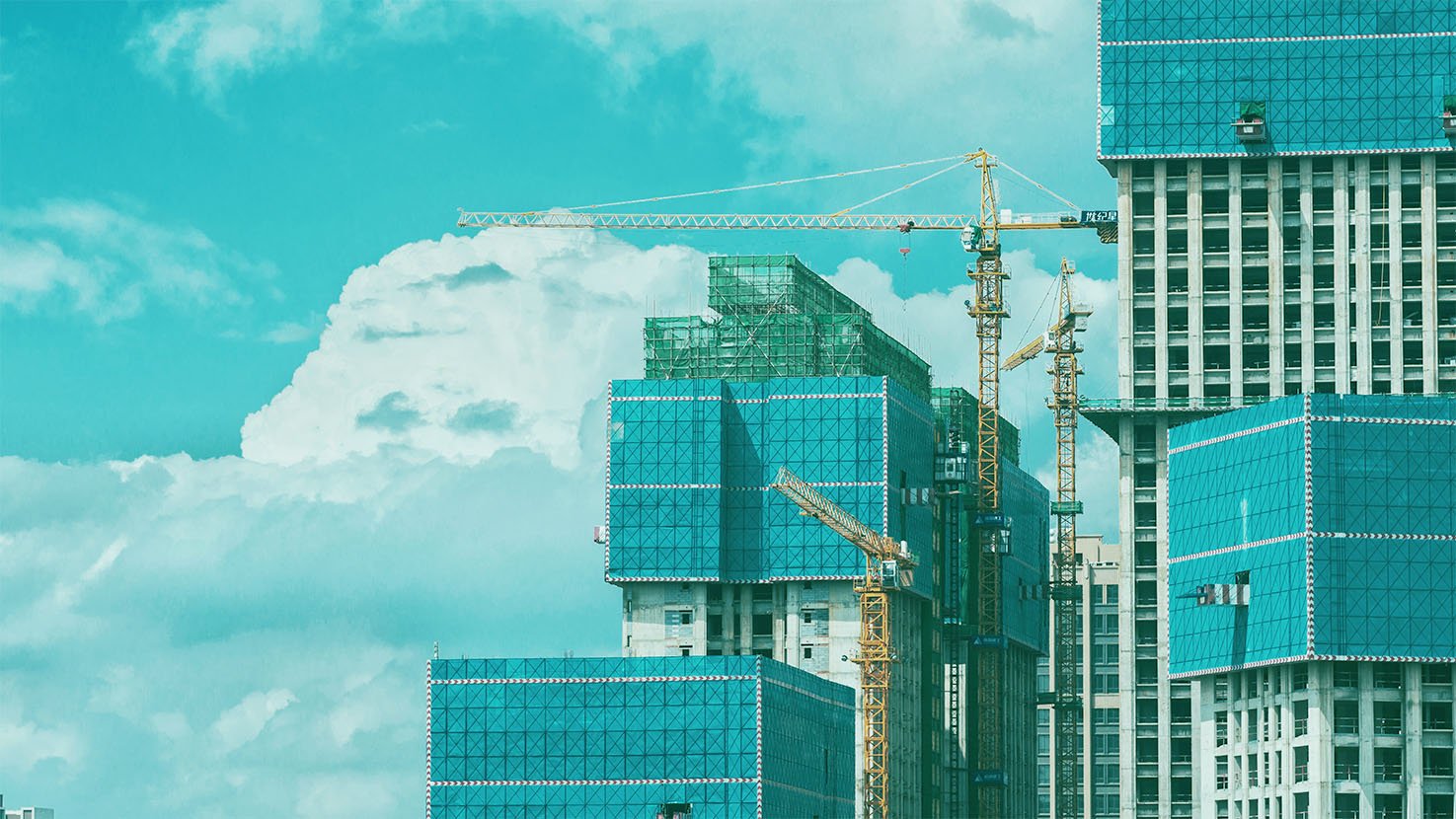The future of sustainable industrial construction promises a greener, more eco-friendly approach to building the factories, warehouses, and industrial facilities that power the global economy. This article will explore various sustainable construction methods and materials that are shaping the future of industrial construction. Additionally, it will delve into the benefits of a prefab metal warehouse as a cost-effective and eco-friendly option for sustainable industrial development.
Table of Contents
Sustainable Construction Methods
Green Building Design
One of the fundamental principles of sustainable industrial construction is green building design. This approach focuses on minimizing the environmental impact of a structure throughout its entire lifecycle. This includes reducing energy consumption, water usage, and waste generation. Architects and engineers are now integrating sustainable design elements, such as energy-efficient lighting and HVAC systems, into industrial buildings to lower their carbon footprint.
Renewable Energy Integration
The future of industrial construction is closely tied to renewable energy sources. Many industrial facilities are incorporating solar panels, wind turbines, and other renewable energy systems to power their operations. By harnessing clean energy, these facilities not only reduce their reliance on fossil fuels but also contribute to a cleaner environment.
Sustainable Materials
Selecting sustainable construction materials is another crucial aspect of eco-friendly industrial construction. Builders are increasingly turning to materials like recycled steel, reclaimed wood, and low-impact concrete to reduce their environmental footprint. These materials are not only eco-friendly but also often exhibit excellent durability and performance.
Water Conservation
Efficient water management is a key element of sustainable construction. Industrial facilities are adopting innovative water recycling and rainwater harvesting systems to minimize water usage. By reusing and conserving water, these facilities reduce their impact on local water resources and contribute to a more sustainable future.
Prefab Metal Warehouses – A Sustainable Solution
The prefab metal warehouse is gaining traction as a cost-effective and eco-friendly solution for industrial construction. These structures are constructed using pre-engineered metal building systems, which offer numerous advantages for sustainability:
Energy Efficiency
Prefab warehouses are designed with energy efficiency in mind. They can be insulated to a high standard, reducing heating and cooling energy requirements. Additionally, the open interior spaces allow for the efficient installation of energy-saving systems such as LED lighting and motion sensors.
Quick Construction
One of the primary benefits of prefab warehouses is their quick construction timeline. The components are manufactured off-site and then assembled on location, significantly reducing construction time and minimizing disruption to the surrounding environment.
Durability and Longevity
Metal buildings are known for their durability and longevity. They can withstand harsh weather conditions, resist corrosion, and require minimal maintenance over their lifespan. This durability translates to a reduced need for repairs and replacements, further reducing environmental impact.
Recyclability
Metal is a highly recyclable material, and prefab warehouses are no exception. At the end of their useful life, these structures can be easily dismantled and the materials recycled, contributing to a circular economy and reducing waste.
Cost-Effectiveness
Prefab is a cost-effective solution for industrial construction. Their efficient construction process, durability, and energy efficiency can lead to significant cost savings over the long term.
Conclusion
The future of sustainable industrial construction is bright, driven by innovative methods and materials that prioritize environmental conservation and efficiency. Green building design, renewable energy integration, sustainable materials, and water conservation are reshaping the industry’s landscape. By adopting these sustainable practices and embracing eco-friendly alternatives, the industrial construction industry can contribute to a greener and more sustainable future for all.











